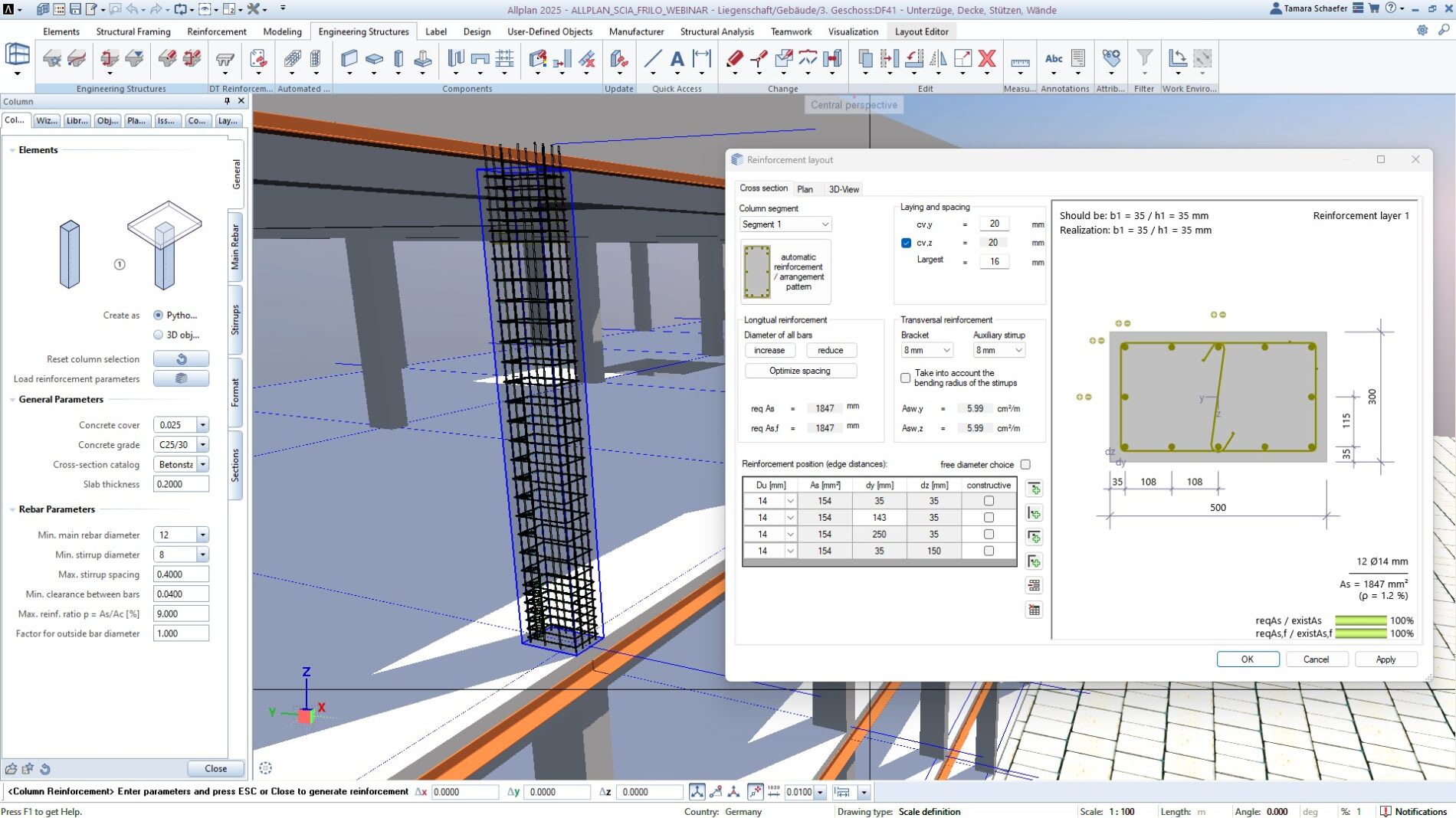EZBuilding
Structural
- Aug 26, 2014
- 393
All,
I have encountered a condition where Steel and Bronze are physically touching in a humid and often times wet condition. This location is not frequently visible and is seldom observed (yearly to bi-yearly). Rusting has occurred on the steel and I have been tasked with providing recommendations for how to best move forward. Separating the two members is currently a last resort option, and as such I researched alternative methods on corrosion prevention and mitigation.
It appears to me that the use of a sacrificial anode assembly post cleaning and painting is a potential solution, however, I ask this forums expertise for the following items. This product provides an example of what I might recommend as a sacrificial anode assembly:
1) This assembly typically performs in a submerged state. This condition is not submerged, however it is conducive enough for corrosion. Am I correct in assuming that since the condition is producing a sufficient electrical connection for corrosion to occur it will also allow a sacrificial anode assembly to perform?
2) As a side note to 1, should this assembly be applied with a conductive glue/epoxy/adhesive?
3) Is there a relationship between proximity of sacrificial anode to protected anode and cathode, the environment and the material properties? (I.E. placing the assembly x inches away in a humid environment will be y% effective for the materials used)
4) Any "best practices" or "rules of thumbs" which you could share would be much appreciated.
Thank you for your time
I have encountered a condition where Steel and Bronze are physically touching in a humid and often times wet condition. This location is not frequently visible and is seldom observed (yearly to bi-yearly). Rusting has occurred on the steel and I have been tasked with providing recommendations for how to best move forward. Separating the two members is currently a last resort option, and as such I researched alternative methods on corrosion prevention and mitigation.
It appears to me that the use of a sacrificial anode assembly post cleaning and painting is a potential solution, however, I ask this forums expertise for the following items. This product provides an example of what I might recommend as a sacrificial anode assembly:
1) This assembly typically performs in a submerged state. This condition is not submerged, however it is conducive enough for corrosion. Am I correct in assuming that since the condition is producing a sufficient electrical connection for corrosion to occur it will also allow a sacrificial anode assembly to perform?
2) As a side note to 1, should this assembly be applied with a conductive glue/epoxy/adhesive?
3) Is there a relationship between proximity of sacrificial anode to protected anode and cathode, the environment and the material properties? (I.E. placing the assembly x inches away in a humid environment will be y% effective for the materials used)
4) Any "best practices" or "rules of thumbs" which you could share would be much appreciated.
Thank you for your time




